Breeding corn snakes can be a rewarding experience that connects hobbyists with the fascinating world of reptile reproduction and genetics. As these colorful, docile colubrids continue to grow in popularity as pets, many enthusiasts eventually become curious about breeding their own specimens. However, the journey from keeping corn snakes to breeding them responsibly involves significant ethical considerations, knowledge acquisition, and preparation. This article aims to guide beginners through the essential ethical guidelines of corn snake breeding, emphasizing responsible practices that prioritize animal welfare while providing a fulfilling experience for the breeder. Whether you’re contemplating breeding for educational purposes, to preserve genetic diversity, or simply to experience the wonder of reptile reproduction, understanding and following ethical practices is paramount to ensure the well-being of your animals and the integrity of the hobby.
Understanding Your Motivation for Breeding

Before embarking on a corn snake breeding project, it’s essential to honestly evaluate your motivation. Ethical breeding begins with purpose – whether it’s contributing to genetic diversity, education, or personal experience rather than purely financial gain. Breeding solely for profit often leads to cutting corners on animal care or contributing to the pet overpopulation problem. Consider whether you have proper homes lined up for potential offspring, as a single clutch can produce 10-30 baby snakes that will each need appropriate care. Ask yourself if you’re prepared for the possibility that some offspring might have health issues or if you can keep unsold snakes indefinitely if necessary. This self-reflection stage is crucial for ensuring your breeding program aligns with responsible stewardship principles.
Ensuring Proper Health and Maturity of Breeding Stock
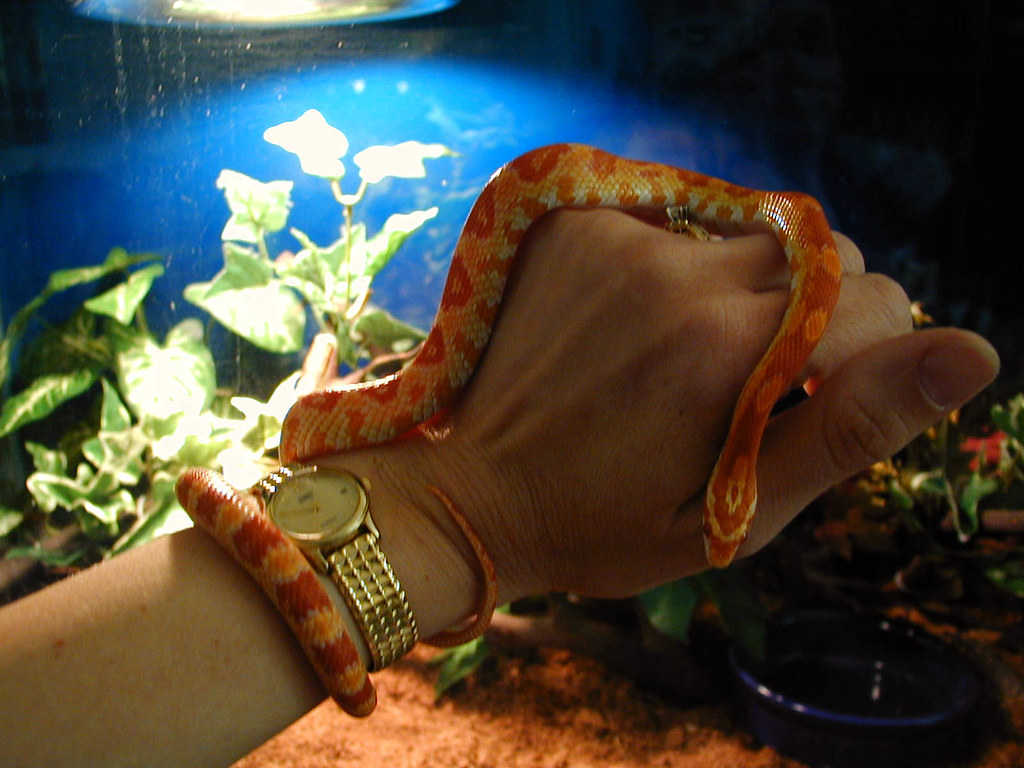
Ethical breeding begins with healthy, mature specimens that have been properly cared for over time. Female corn snakes should typically be at least 2-3 years old, weighing approximately 300-350 grams, and males should be at least 18-24 months old before being considered for breeding. Breeding underweight or immature snakes can lead to health complications, egg binding in females, and reduced offspring viability. Prior to breeding, schedule comprehensive veterinary check-ups for both potential parents to ensure they’re free from parasites, respiratory infections, or other health concerns that could impact reproduction or be passed to offspring. Responsible breeders maintain detailed health records for each snake and only breed specimens that demonstrate consistent feeding, regular shedding, and overall vitality for multiple seasons.
Genetic Responsibility and Avoiding Harmful Morphs
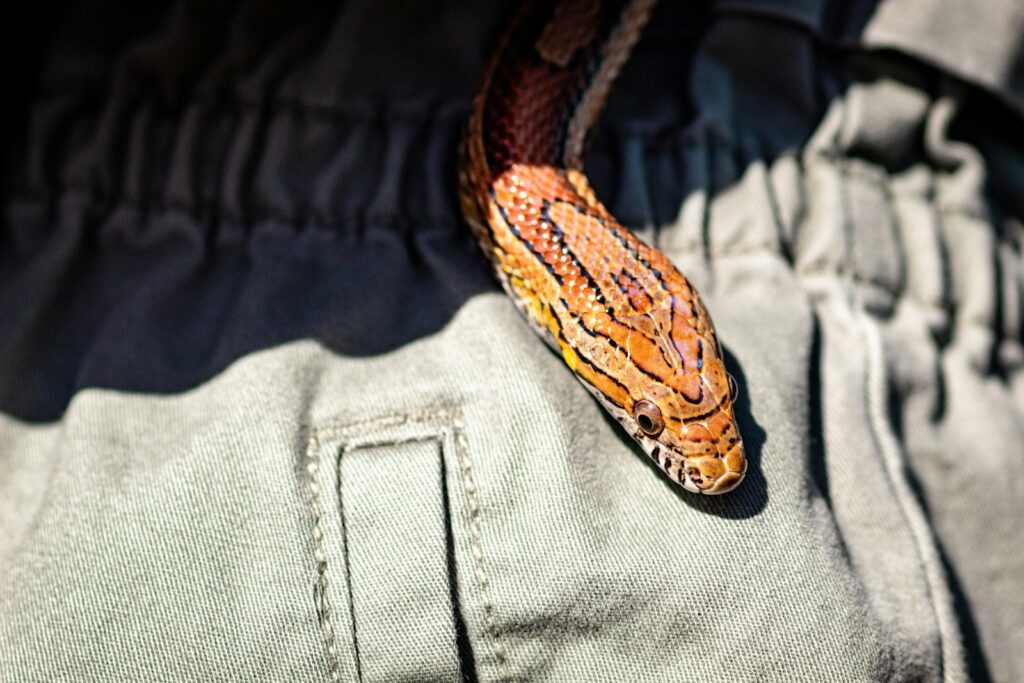
The corn snake hobby has developed numerous color and pattern variations (morphs) through selective breeding, but not all genetic combinations are created equal from an ethical standpoint. Certain genetic combinations can result in neurological issues, developmental problems, or other health concerns that affect quality of life. For example, the “spider” gene in ball pythons causes wobble syndrome, and similar problematic genes exist in some corn snake morphs. Beginning breeders should thoroughly research genetics before pairing snakes, avoiding combinations known to produce health issues. Document your breeding pairs’ genetic history as thoroughly as possible, including any known hets (hidden genetic traits) or potential issues in their lineage. Responsible breeding means prioritizing animal welfare over producing novel or rare appearances, ensuring that aesthetics never come at the cost of health.
Creating Proper Breeding Environments

Ethical breeding involves creating appropriate environmental conditions that mimic natural breeding triggers while maintaining animal welfare. Corn snakes typically require a cooling period (brumation) of 60-65°F for 60-90 days to stimulate breeding behavior, but this process must be handled carefully. Before brumation, ensure snakes are in excellent health, have empty digestive tracts, and adequate hydration to prevent health complications during the cooling period. The breeding setup should include appropriate hide spots, temperature gradients, and privacy for the snakes to reduce stress during courtship and mating. Monitor breeding interactions to ensure neither snake becomes stressed or injured, as males can sometimes become overly persistent. Providing a stress-free environment with proper cycling conditions represents fundamental ethical care during the breeding process.
Preparing for Egg Laying and Incubation
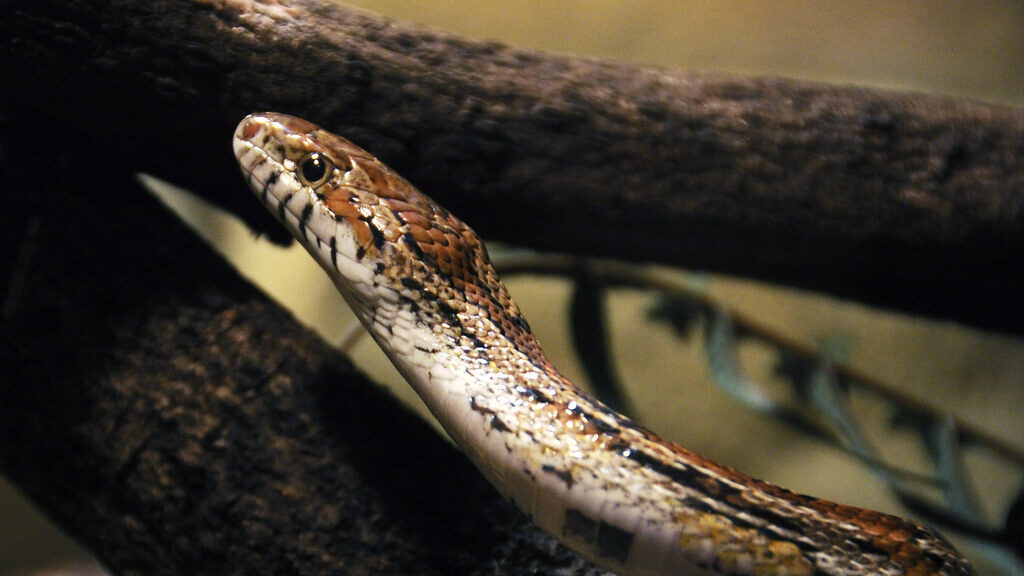
Ethical care continues through the gravid (pregnant) period and egg-laying phase, requiring careful preparation and monitoring. Female corn snakes typically lay eggs 30-45 days after successful mating, and during this time, they require increased temperatures, additional calcium supplementation, and minimal handling to reduce stress. Provide an appropriate egg-laying box with damp sphagnum moss, vermiculite, or similar substrate where she can comfortably deposit her clutch. Have proper incubation equipment set up well before eggs are expected, including containers, incubation medium (typically vermiculite or perlite mixed with water at a 1:1 ratio by weight), and a reliable incubator that maintains steady temperatures of 80-84°F with proper humidity. Monitoring the gravid female for signs of egg binding or pre-laying complications is essential, with prompt veterinary intervention if issues arise.
Providing Adequate Resources for Offspring
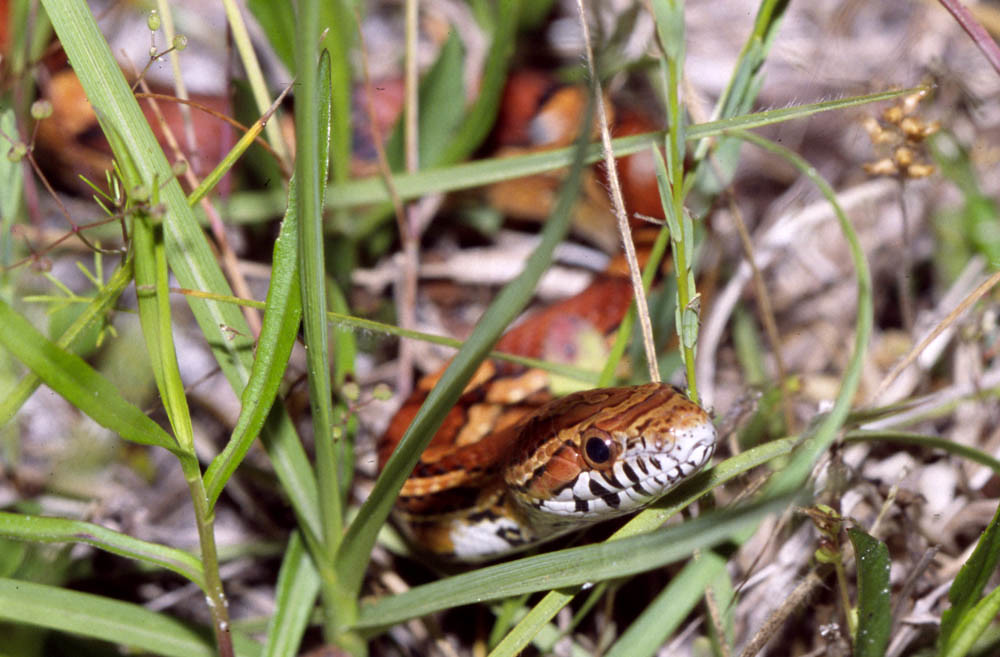
Ethical breeding means being fully prepared for the responsibility of potentially dozens of hatchlings before you ever pair your snakes. Each baby corn snake will require individual housing after hatching, appropriate heating, regular feeding, and health monitoring – multiplied by however many eggs successfully hatch. Calculate the space requirements for housing all potential offspring and ensure you have sufficient resources for separate enclosures, as young corn snakes cannot be housed together due to potential cannibalism. Budget for the feeding costs of multiple growing snakes, which can be considerable when raising an entire clutch. Prepare record-keeping systems to track each offspring’s development, feeding, and health information, which will both assist you and provide valuable information for future owners.
Developing a Responsible Marketing Strategy
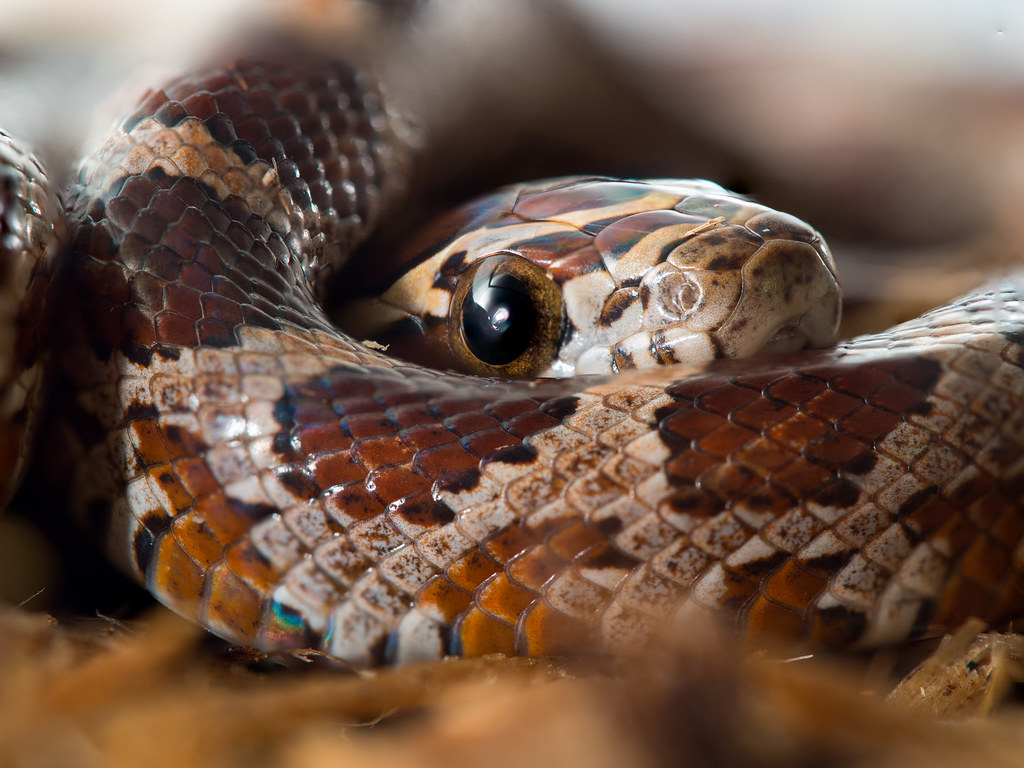
Once offspring are thriving, ethical breeders must develop a responsible approach to finding suitable homes. Create a detailed caresheet specifically for your corn snake hatchlings, including their genetic background, feeding history, and specific care recommendations. Screen potential buyers by asking about their experience, setup, and long-term plans for the snake rather than simply selling to anyone with cash. Consider implementing an application process and potentially an adoption contract that allows you to take back snakes if the new owner can no longer care for them. Price your snakes fairly based on their genetics, quality, and the local market, avoiding both undervaluing (which can lead to impulse purchases) and overinflation (which can contribute to speculation breeding). Transparency about any potential genetic issues or special care requirements demonstrates integrity that builds trust within the reptile community.
Understanding Legal and Regulatory Requirements
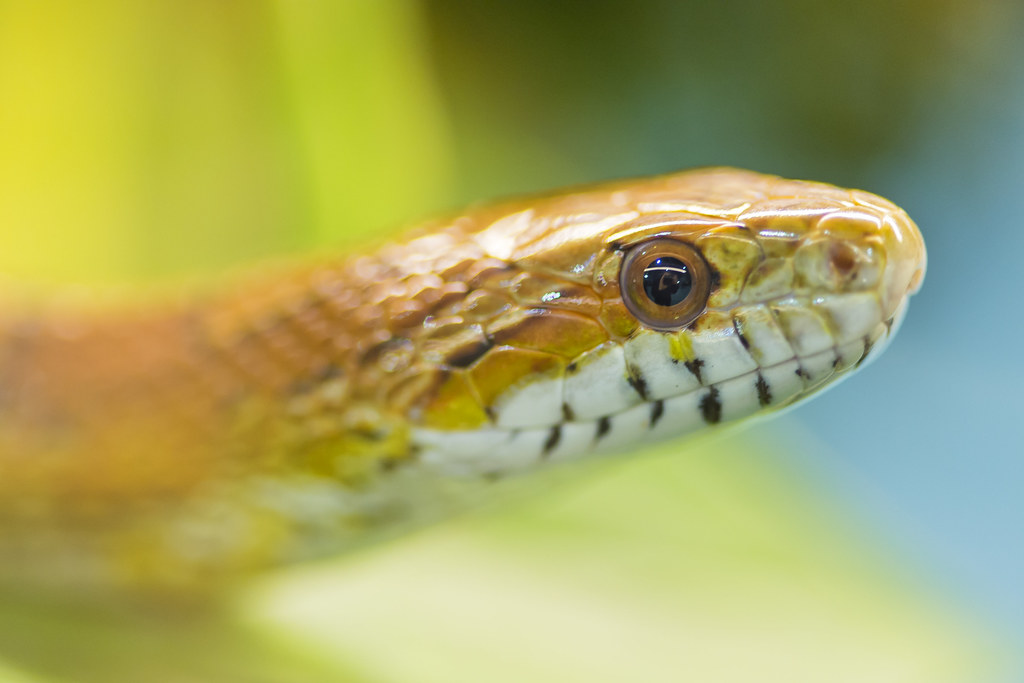
Ethical breeding includes full compliance with all applicable laws and regulations governing reptile keeping and breeding. Research local, state, and federal regulations regarding reptile breeding, sales, and transportation before beginning your breeding program. Some localities require permits or licenses for breeding reptiles or for selling animals, while others may have restrictions on keeping certain species or numbers of animals. Understand the requirements for shipping reptiles if you plan to sell offspring to distant buyers, including appropriate packaging methods, labeling requirements, and shipping restrictions. Keep detailed records of all transactions, including dates, buyer information, and which specific animal was sold, as this may be required by law in some areas and demonstrates professional business practices.
Committing to Ongoing Education

Ethical breeding is inseparable from continuous education and improvement of your knowledge base. Join reputable herpetological societies, online forums, and breeding groups where you can learn from experienced breeders and stay updated on evolving best practices. Attend reptile expos, workshops, and conferences where breeding techniques and ethics are discussed, allowing you to network with other ethical breeders. Subscribe to scientific journals or publications that cover reptile reproduction and genetics to understand the biological foundations of your breeding program. Consider finding a mentor – an established ethical breeder who can provide guidance, answer questions, and help you navigate challenges that arise. The best ethical breeders recognize that learning never stops, regardless of experience level.
Contributing to Conservation and Education
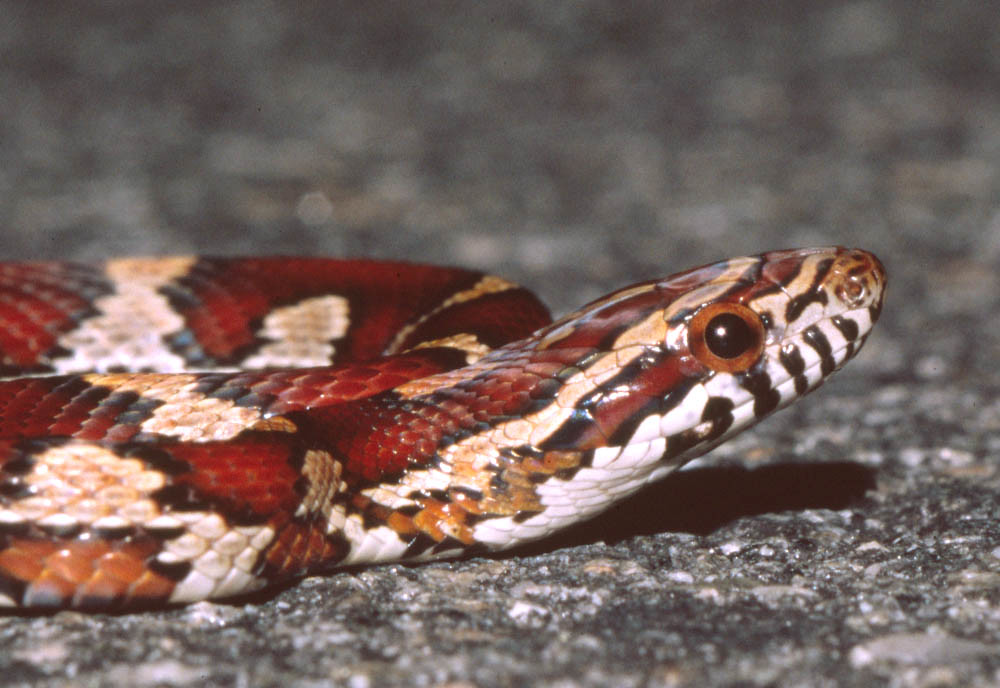
While most corn snake breeding occurs within the pet trade, ethical breeders can still contribute to broader conservation and educational goals. Consider partnering with educational institutions to provide opportunities for students to learn about reptile biology, genetics, and care through your breeding program. Document your breeding projects thoroughly through photos, videos, and written records that can be shared for educational purposes. Support reptile conservation organizations through donations or by participating in citizen science projects that benefit wild snake populations. Some breeders choose to focus on maintaining genetic diversity of locality-specific corn snakes that represent natural populations, preserving natural genetic variation rather than focusing solely on creating new morphs.
Planning for Unsuccessful Breeding Attempts
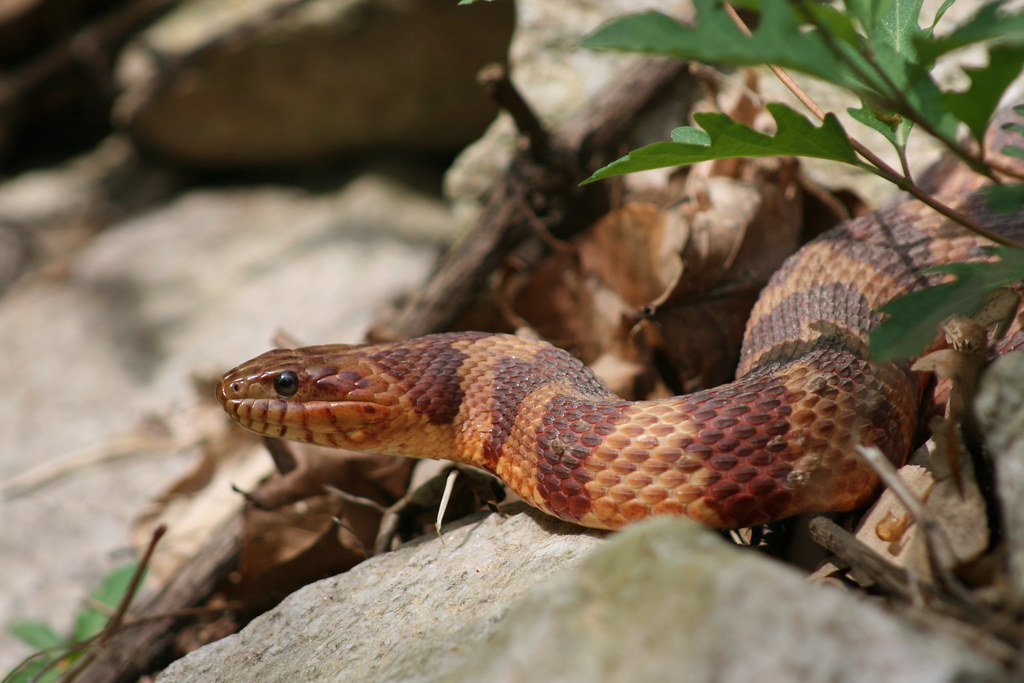
Ethical breeding includes preparation for the possibility that breeding attempts may not be successful or may result in complications. Have an emergency fund and relationship with a reptile-experienced veterinarian before attempting breeding, as complications like egg binding can be life-threatening and require immediate intervention. Understand that first breeding attempts often face challenges, from lack of successful mating to infertile eggs or hatching difficulties. Create a contingency plan for what you’ll do if eggs fail to develop or if hatchlings have health issues requiring extended care. Be prepared to make difficult decisions that prioritize animal welfare over breeding success, including potentially ending a breeding project if it repeatedly results in health issues for the parent animals.
Establishing Ethical Boundaries and Best Practices
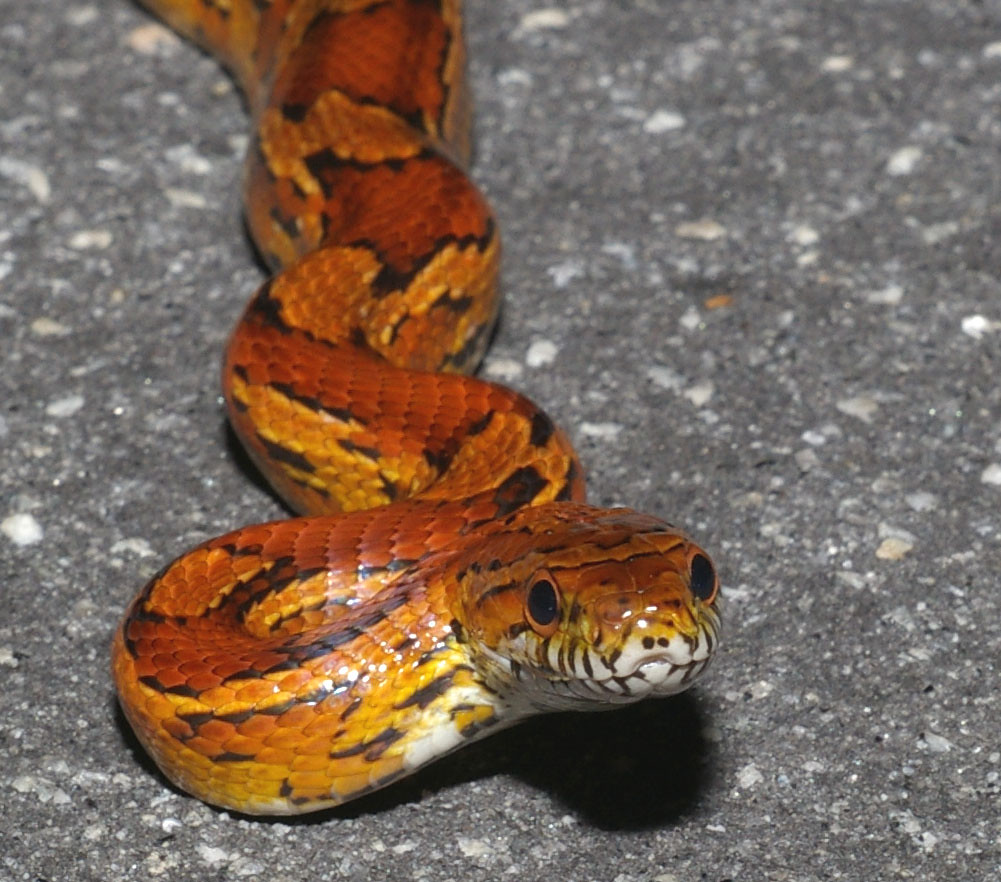
Every ethical breeder should establish clear personal guidelines that define their breeding philosophy and boundaries. Consider creating a written code of ethics for your breeding program that outlines your commitments to animal welfare, genetic responsibility, and buyer education. Define clear criteria for which animals you will and won’t breed, based on health, genetics, and temperament rather than simply commercial value. Establish minimum standards for housing, nutrition, and healthcare that exceed rather than merely meet basic requirements. Regularly review and update these standards as you gain experience and as reptile husbandry knowledge evolves. Being able to articulate and adhere to your ethical framework not only guides your breeding decisions but also communicates your values to potential customers and the broader reptile community.
Building a Support Network

Ethical breeding is significantly enhanced by developing relationships with other responsible breeders and reptile professionals. Connect with veterinarians specializing in reptiles before emergencies occur, ensuring you have medical support when needed. Build relationships with other ethical corn snake breeders who can provide advice, potentially exchange breeding stock to increase genetic diversity, or help place offspring. Develop connections with reptile rescues that might assist if you ever need to rehome animals or place offspring that don’t sell. Consider joining or forming a breeder’s association that promotes ethical practices and provides mutual support among members. These relationships create a safety net for both you and your animals, providing resources and assistance during challenging situations that inevitably arise in breeding programs.
Breeding corn snakes can be an incredibly rewarding endeavor when approached with proper knowledge, preparation, and ethical guidelines. By prioritizing animal welfare, genetic health, and responsible placement of offspring, beginner breeders can contribute positively to the reptile hobby while enjoying the fascinating process of reproduction and development. Remember that ethical breeding is a journey rather than a destination—one that requires continuous learning, self-reflection, and adaptation as new information becomes available. By following these guidelines, you’ll not only produce healthy, well-adjusted corn snakes but also help elevate the standards of the reptile-keeping community as a whole. Whether you ultimately breed one clutch or develop a long-term breeding program, your commitment to ethical practices ensures that both your animals and the hobby itself can thrive for generations to come.


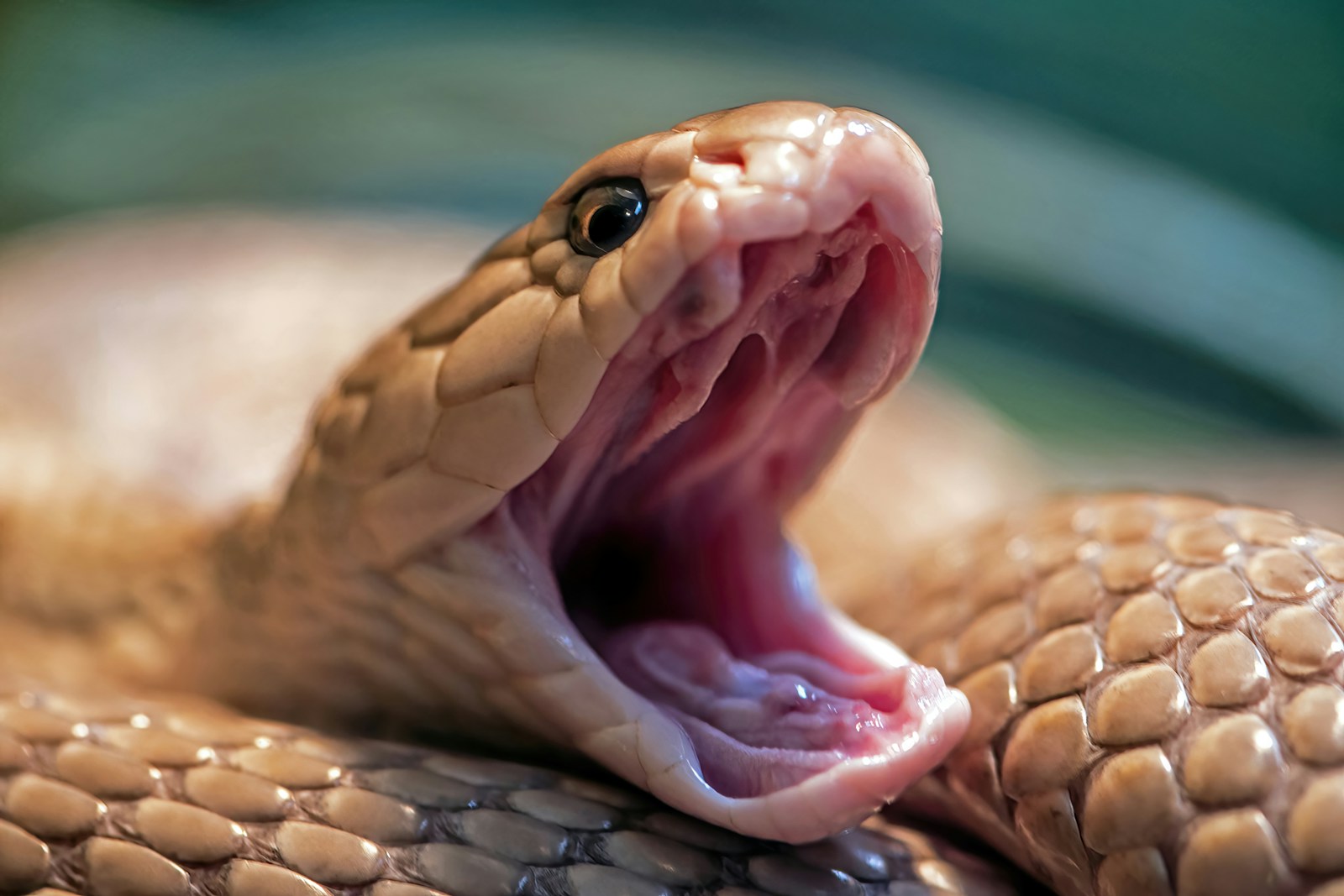



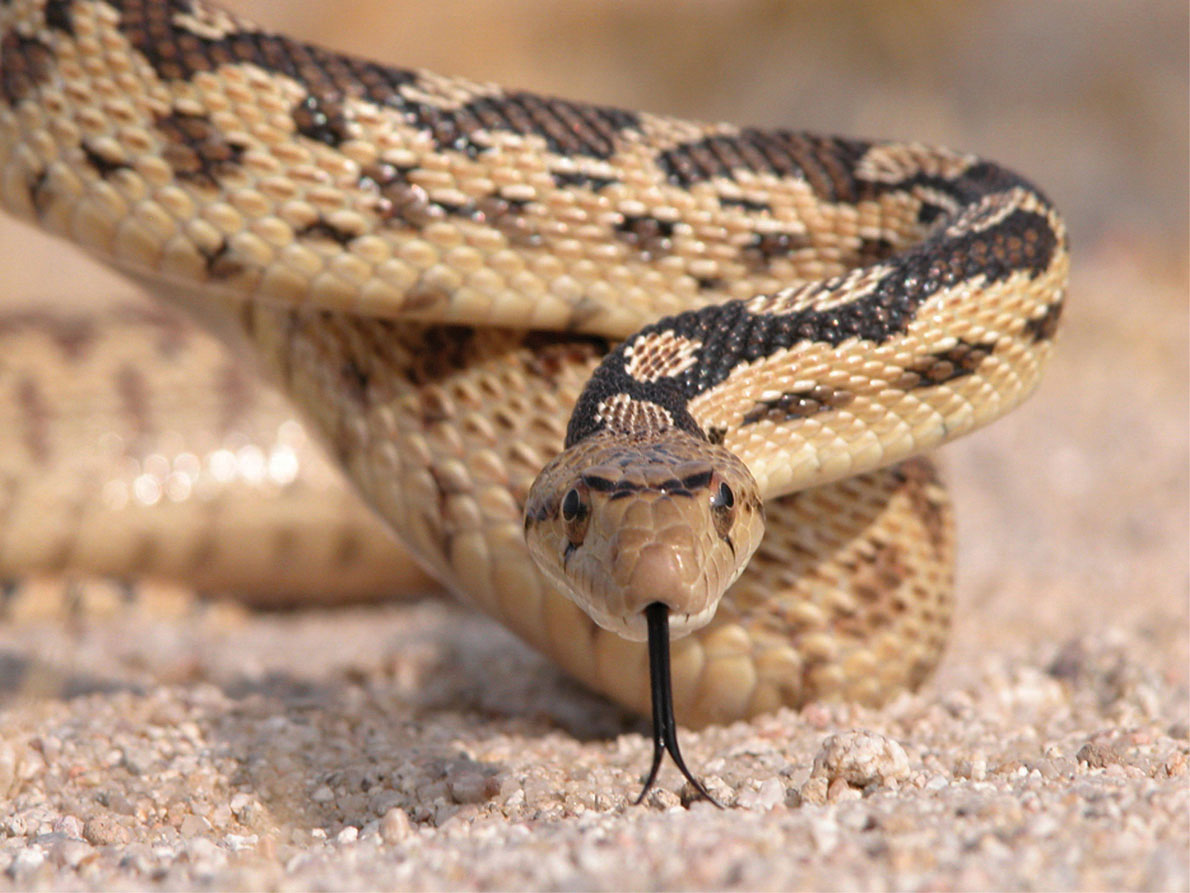


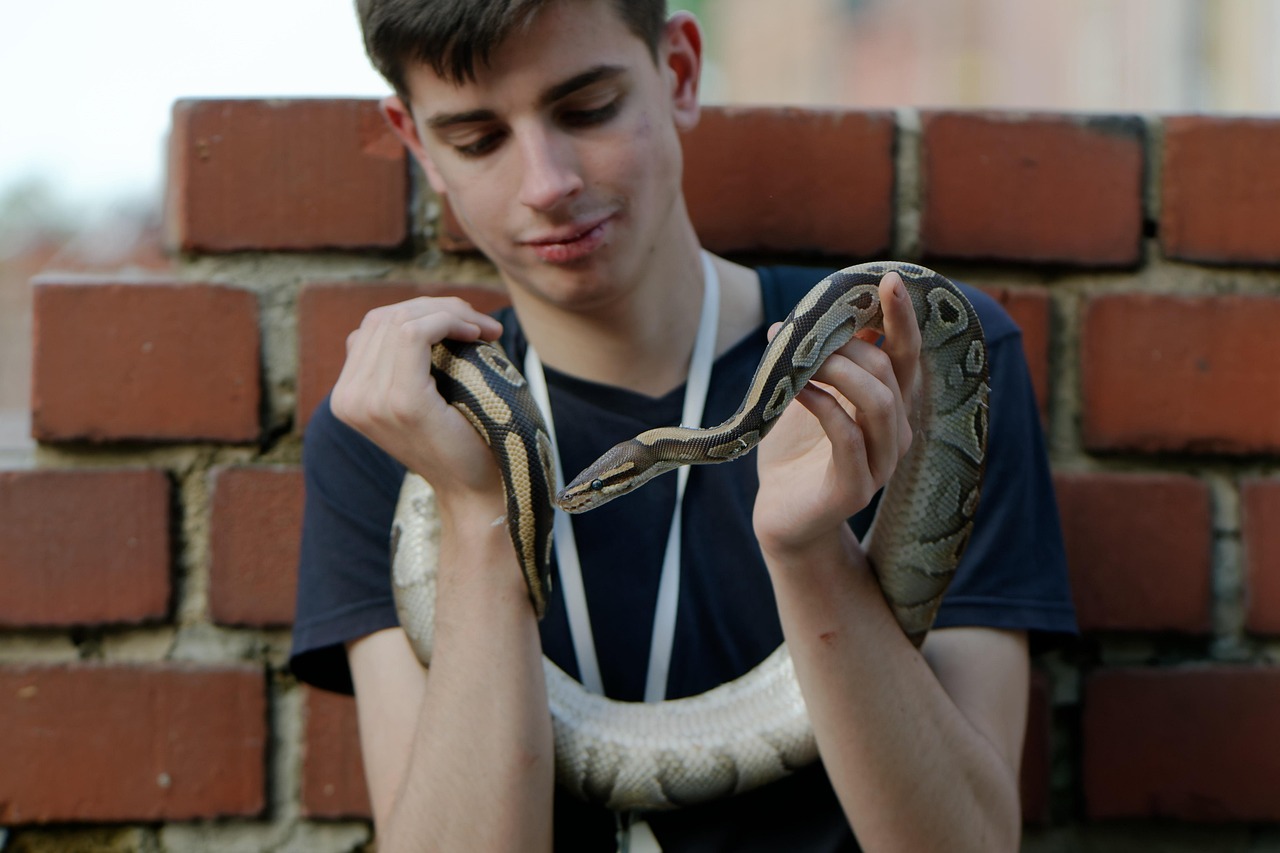
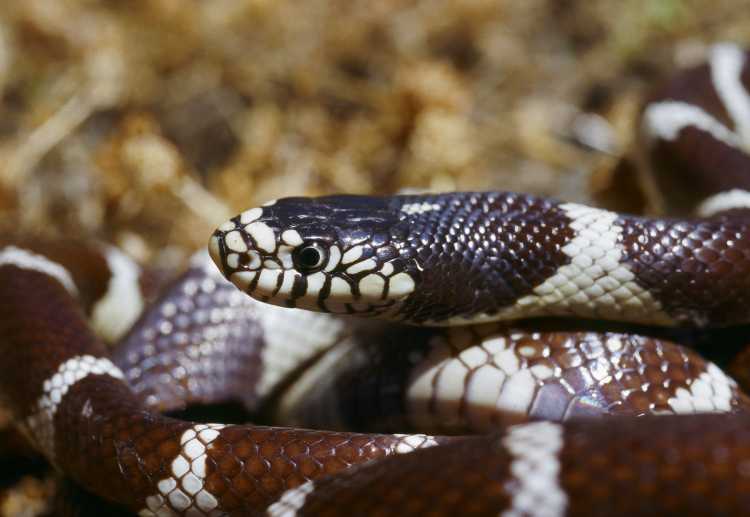
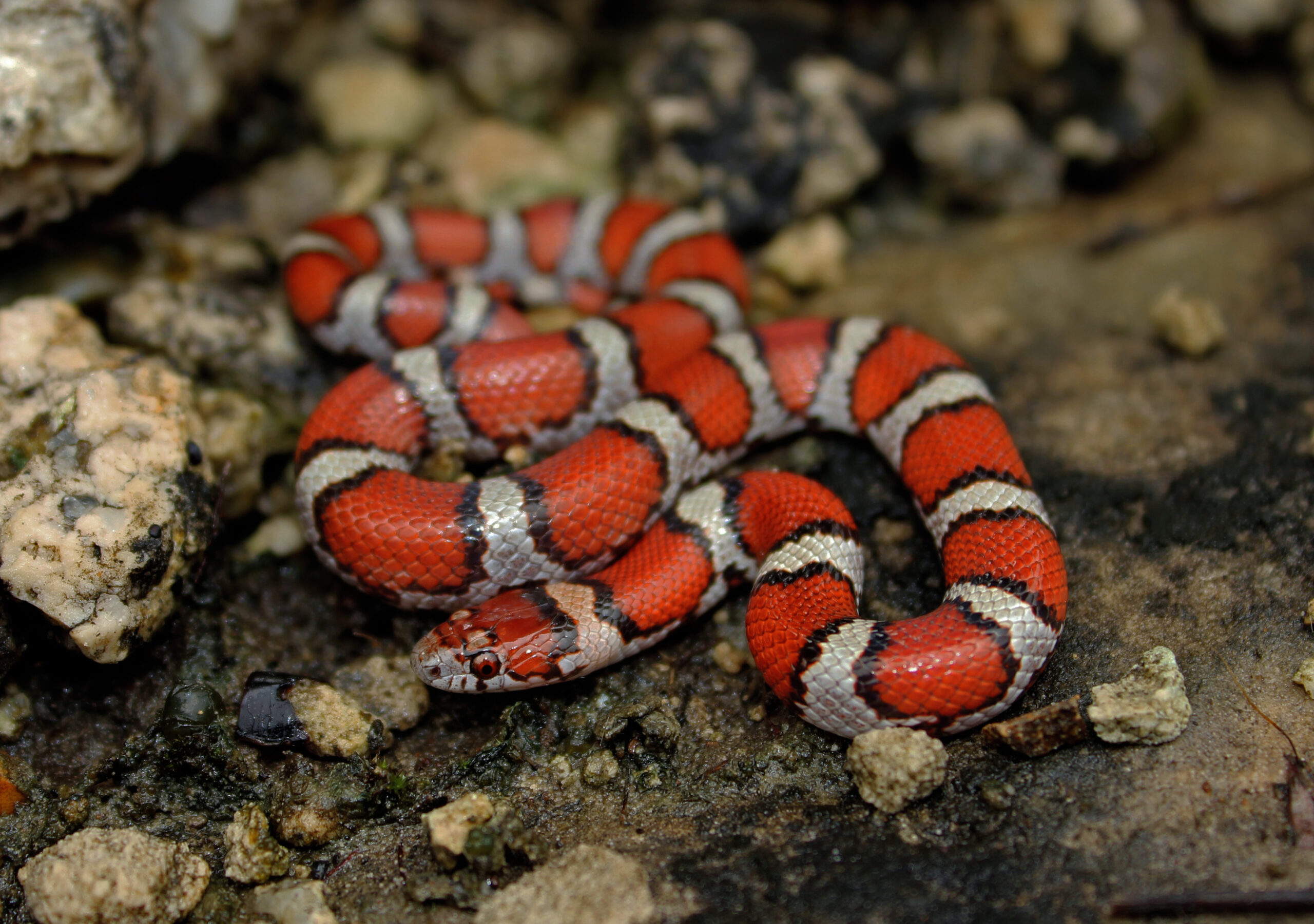




Leave a Reply